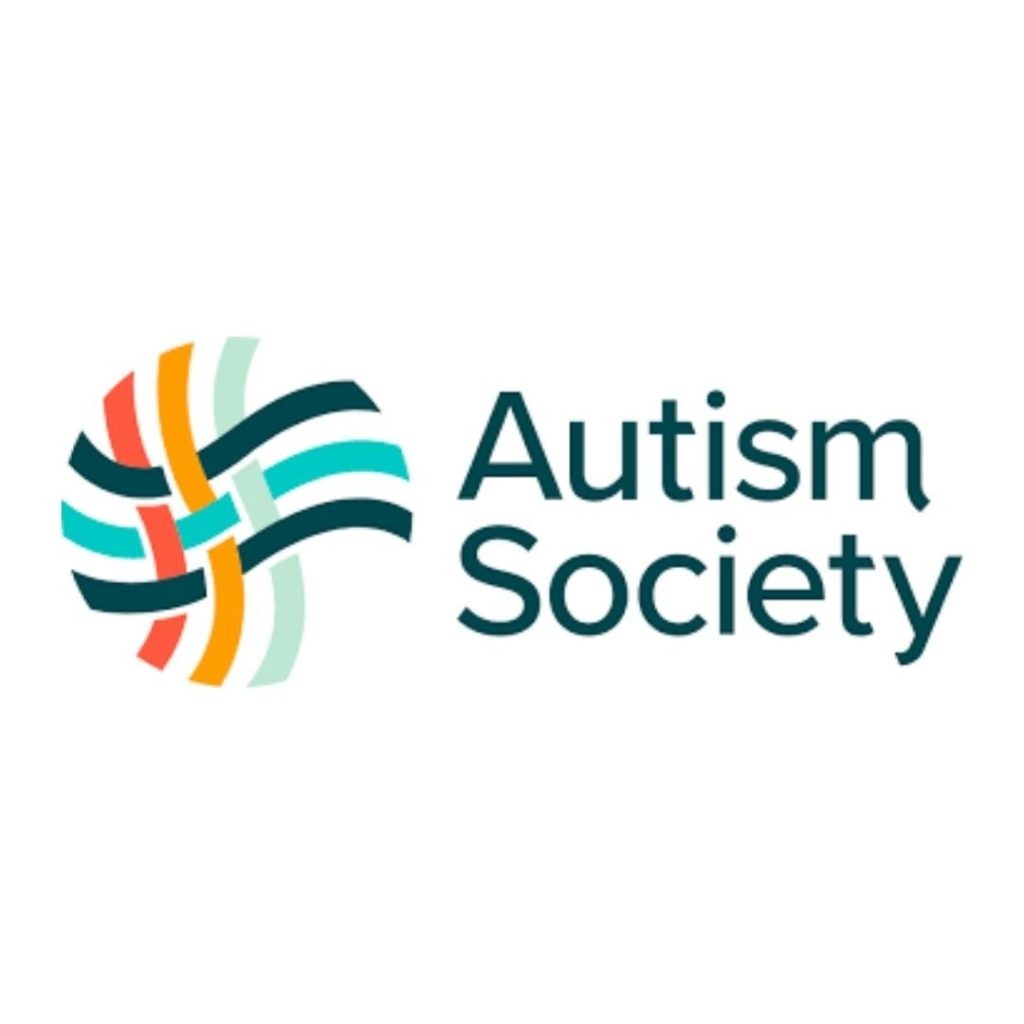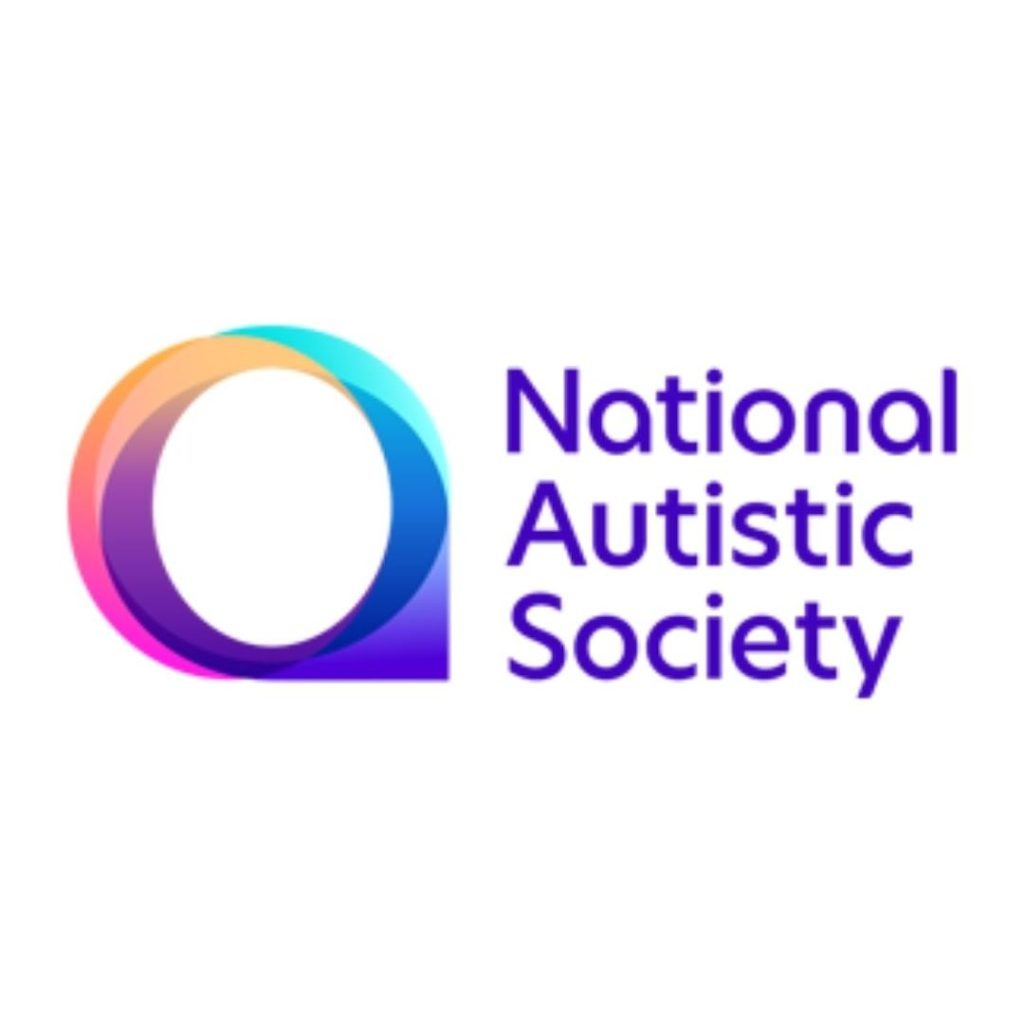
A new study also offers new insights into specific neurotransmitter dysfunctions that could be leading to the development of ASD symptoms
Copyright chrupka/Depositphotos By Rich Haridy from New Atlas January 28, 2020 A novel clinical trial from an international team of researchers has found a cheap, generic drug may effectively moderate the severity of symptoms associated with autism spectrum disorder (ASD) in children. Most importantly, the new study suggests ASD symptoms could be improved via alterations to levels of two key neurotransmitters, pointing researchers to novel future drug treatments. ASD is not a single disorder, but rather it is an umbrella term encompassing a spectrum of neurodevelopmental impairments. One recent hypothesis suggested a key developmental factor underlying the symptomatic progression of ASD is an imbalance between excitatory and inhibitory neurotransmitters. One of the most important neurotransmitters in the brain is called GABA. During fetal development and early postnatal periods, GABA functions in an excitatory role but pretty quickly its role shifts to an inhibitory one as the brain grows. This is referred to as the GABA switch and some researchers hypothesize an unsuccessful switch can lead to atypical brain development, and symptoms of ASD. Over the last few years, several human clinical trials have demonstrated a drug called bumetanide successfully reducing the severity of symptoms in a variety of children diagnosed with ASD. Bumetanide is a cheap drug, medically approved for the treatment of swelling and high blood pressure for over 50 years. This new research set out to better understand how bumetanide affects ASD symptoms in young children. And, more importantly, whether these symptomatic improvements are related to improved GABA function in a developing brain. The trial examined 83 children, between the ages of three and six. All the children recruited were diagnosed with ASD using what is called the Children Autism Rating Scale (CARS). A CARS evaluation is used by clinicians to objectively rate a number of behaviors associated with ASD. A CARS score of more than 30 is used to classify a child with ASD. The cohort was split into two groups, one receiving a small bumetanide dose twice a day for three months, and the other acting as a control receiving no treatment. After three months the children were again assessed for a CARS score by clinicians who were unaware whether the individual children were part of the active group or the control. Reflecting prior clinical studies, the researchers saw symptomatic improvements in the group receiving bumetanide. The mean total CARS score in the active group was 34.51 compared to the mean score of 37.27 in the untreated group. But more significantly, the researchers used brain imaging to examine changes in the children’s GABA and glutamate neurotransmitter concentrations. In the insular cortex and the visual cortex of children taking bumetanide the researchers detected changes in the ratio of GABA to glutamate. The change in this ratio correlated with the symptomatic improvements detected in the children, suggesting the drug may be helping rebalance key neurotransmitter levels in the brains of children with developing ASD. “This is the first demonstration that bumetanide improves brain function and reduces symptoms by reducing the amount of the brain chemical GABA,” explains Ching-Po Lin, one of the researchers working on the study. “Understanding this mechanism is a major step towards developing new and more effective drug treatments.” This new study isn’t necessarily about establishing bumetanide as a new drug treatment for ASD, although larger trials will certainly investigate that outcome. Perhaps the more significant outcome is the direct link between the progression of ASD symptoms and dysfunction in the GABA switch neurodevelopment process. The research suggests neuroimaging the ratio of GABA to glutamate in a young child’s brain could be a potential objective biomarker for ASD development. Plus, the biomarker could offer an objective measure for researchers investigating the efficacy of new ASD treatments. “This study is important and exciting, because it means that there is a drug that can improve social learning and reduce ASD symptoms during the time when the brains of these children are still developing,” says Barbara Sahakian, a University of Cambridge researchers working on the project. “We know that GABA and glutamate are key chemicals in the brain for plasticity and learning and so these children should have an opportunity for better quality of life and wellbeing.” The new study was published in the journal Translational Psychiatry.
Source: University of Cambridge













